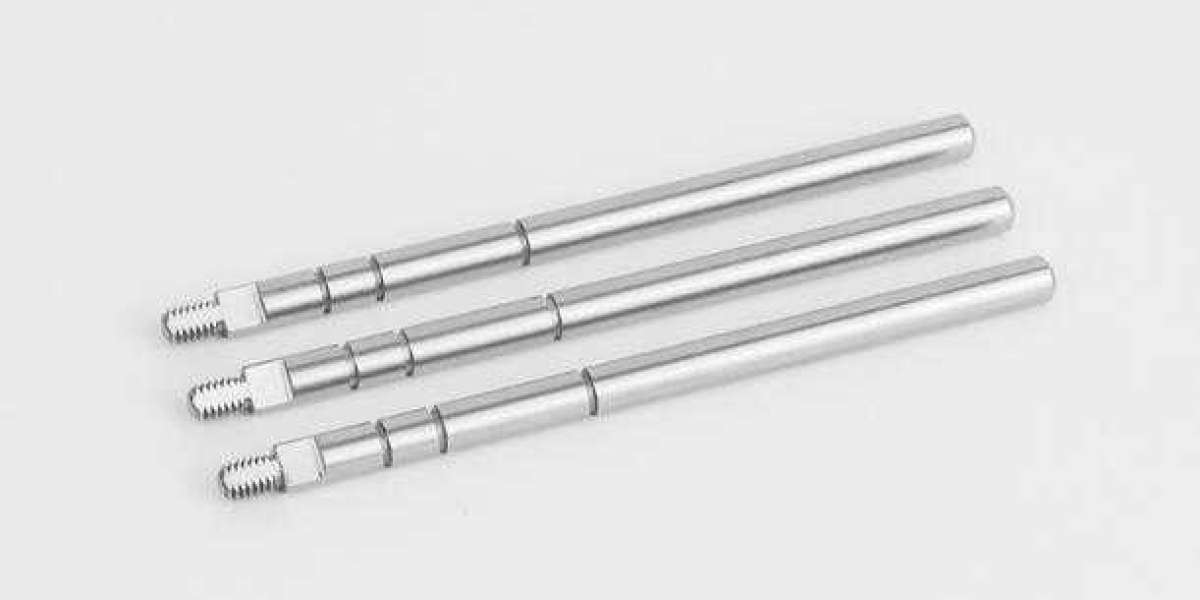The linear shaft is a connecting part that supports the work of the piston. Most of it is used in oil cylinders and cylinder motion execution parts. It is a moving part with frequent movement and high technical requirements. It is composed of: cylinder, linear shaft (cylinder rod), piston and end cover. The quality of its processing directly affects the life and reliability of the entire product. Linear shafts have high processing requirements, and their surface roughness requirements are Ra0.4~0.8um, and they have strict requirements on coaxiality and wear resistance. The basic feature of the cylinder rod is the processing of a slender shaft, which is difficult to process and has always troubled the processing personnel.
Rolling processing is used, because the surface layer has residual surface compressive stress, which helps to close the surface micro-cracks and hinder the expansion of erosion. Thereby improving the surface corrosion resistance, and can delay the generation or expansion of fatigue cracks, thereby improving the fatigue strength of the cylinder rod. Through roll forming, a cold work hardened layer is formed on the rolled surface, which reduces the elastic and plastic deformation of the contact surface of the grinding pair, thereby improving the wear resistance of the cylinder rod surface and avoiding burns caused by grinding. After rolling, the surface roughness value is reduced, which can improve the matching properties. At the same time, the friction damage to the seal ring or the seal member during the movement of the cylinder rod piston is reduced, and the overall service life of the cylinder is improved. The rolling process is a high-efficiency and high-quality process measure. The rolling head (45 steel seamless steel tube) with a diameter of 160mm is now used as an example to prove the rolling effect. After rolling, the surface roughness of the cylinder rod is reduced from Ra3.2~6.3um before rolling to Ra0.4~0.8um, the surface hardness of the cylinder rod is increased by about 30%, and the surface fatigue strength of the cylinder rod is increased by 25%. In view of the selection of linear shaft materials, stress and technical requirements, processing and heat treatment, mechanical properties and matrix structure of the linear shaft of the reciprocating piston shrinking machine, several rules of interrelationship, and the process of quenching and tempering, it is proposed that the process is significantly different from the conventional process. Method, using sub-temperature quenching to ensure quality and reduce consumption.
Ningbo Shitai Precision Machinery Co., Ltd. is a linear shaft factory, if you want to know more details, please click https://www.nbshitaishaft.com/







